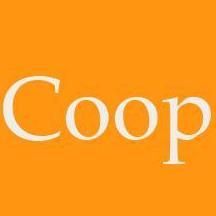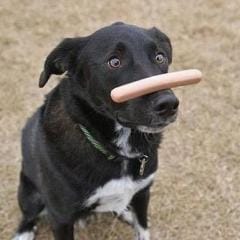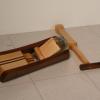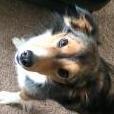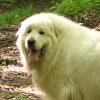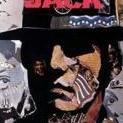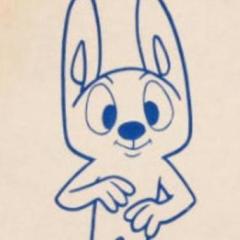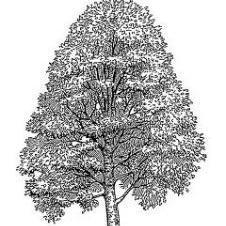Turner's Corner
603 topics in this forum
-
- 6 replies
- 819 views
-
- 5 replies
- 6.4k views
-
- 1 reply
- 1.7k views
-
- 0 replies
- 597 views
-
- 5 replies
- 2.3k views
-
- 3 replies
- 868 views
-
- 56 replies
- 44.3k views
-
- 4 replies
- 1.6k views
-
- 12 replies
- 8.6k views
-
- 12 replies
- 1.6k views
-
- 3 replies
- 1.1k views
-
- 4 replies
- 1.5k views
-
- 3 replies
- 883 views
-
- 2 replies
- 806 views
-
- 9 replies
- 19.8k views
-
- 4 replies
- 1k views
-
- 5 replies
- 831 views
-
- 2 replies
- 868 views
-
- 14 replies
- 2.2k views
-
- 1 reply
- 831 views
-
- 6 replies
- 1.3k views
-
- 8 replies
- 741 views
-
- 4 replies
- 884 views
-
- 0 replies
- 779 views
-
- 9 replies
- 1.3k views

